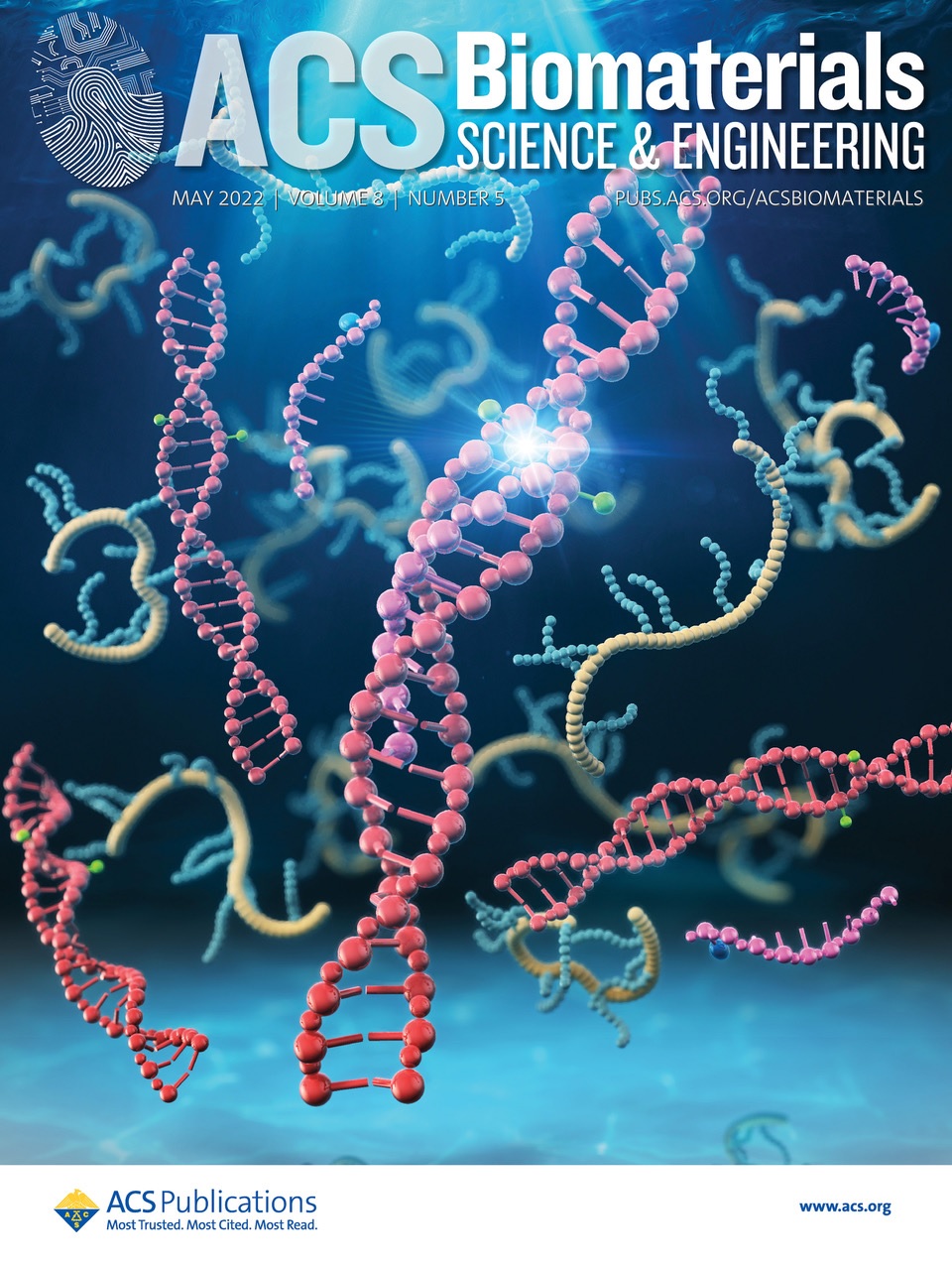具有独特性能的镍钛形状记忆合金的两步应变玻璃化转变
IF 5.4
2区 医学
Q2 MATERIALS SCIENCE, BIOMATERIALS
引用次数: 0
摘要
我们报告了镍钛向不同局部应变状态(即 R 和 B19′应变玻璃)的独特两步应变玻璃转变。动态力学分析和原位 HR-TEM 证明了这种独特的转变。建立了一个全面的相图,以说明不同的过渡途径和相应的可调超弹性特性。这种过渡途径利用了不同相的综合过渡,降低了过渡能垒,产生了超弹性,具有较大的可恢复应变(6%)、超低模量(24 GPa)以及强大的循环稳定性和宽温稳定性。我们的研究为不同应变玻璃态之间的连续转变途径提供了新的见解,从而实现形状记忆合金的优异性能。图表摘要本文章由计算机程序翻译,如有差异,请以英文原文为准。
Two-step strain glass transition in NiTi shape memory alloy with unique properties
We report unique two-step strain glass transition toward different local strain states in NiTi, i.e. R and B19′ strain glasses. This unique transition is evidenced by dynamic mechanical analysis and in-situ HR-TEM. A comprehensive phase diagram is established to illustrate diverse transition pathways and corresponding tunable superelastic properties. This pathway exploits the integrated transition of different phases, lowering the transition energy barrier, yielding superelasticity with large recoverable strain (6%), ultralow modulus (24 GPa) and robust cyclic and wide-temperature stability. Our investigation provides fresh insights into continuous transition pathways among different strain glass states to achieve exceptional properties in shape memory alloys. GRAPHICAL ABSTRACT
求助全文
通过发布文献求助,成功后即可免费获取论文全文。
去求助
来源期刊

ACS Biomaterials Science & Engineering
Materials Science-Biomaterials
CiteScore
10.30
自引率
3.40%
发文量
413
期刊介绍:
ACS Biomaterials Science & Engineering is the leading journal in the field of biomaterials, serving as an international forum for publishing cutting-edge research and innovative ideas on a broad range of topics:
Applications and Health – implantable tissues and devices, prosthesis, health risks, toxicology
Bio-interactions and Bio-compatibility – material-biology interactions, chemical/morphological/structural communication, mechanobiology, signaling and biological responses, immuno-engineering, calcification, coatings, corrosion and degradation of biomaterials and devices, biophysical regulation of cell functions
Characterization, Synthesis, and Modification – new biomaterials, bioinspired and biomimetic approaches to biomaterials, exploiting structural hierarchy and architectural control, combinatorial strategies for biomaterials discovery, genetic biomaterials design, synthetic biology, new composite systems, bionics, polymer synthesis
Controlled Release and Delivery Systems – biomaterial-based drug and gene delivery, bio-responsive delivery of regulatory molecules, pharmaceutical engineering
Healthcare Advances – clinical translation, regulatory issues, patient safety, emerging trends
Imaging and Diagnostics – imaging agents and probes, theranostics, biosensors, monitoring
Manufacturing and Technology – 3D printing, inks, organ-on-a-chip, bioreactor/perfusion systems, microdevices, BioMEMS, optics and electronics interfaces with biomaterials, systems integration
Modeling and Informatics Tools – scaling methods to guide biomaterial design, predictive algorithms for structure-function, biomechanics, integrating bioinformatics with biomaterials discovery, metabolomics in the context of biomaterials
Tissue Engineering and Regenerative Medicine – basic and applied studies, cell therapies, scaffolds, vascularization, bioartificial organs, transplantation and functionality, cellular agriculture
 求助内容:
求助内容: 应助结果提醒方式:
应助结果提醒方式:


